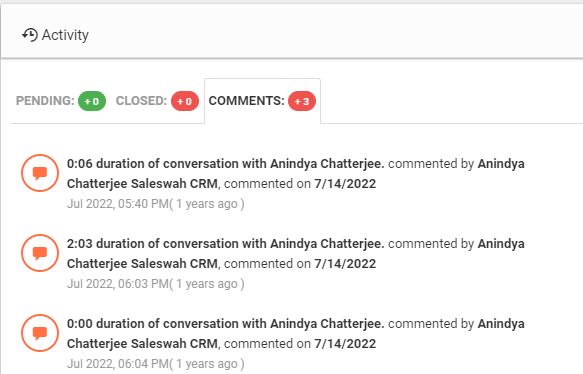The evolving face of Saleswah CRM customization
We allow our customers (Who is Saleswah for? ) to login and use the software for free for a fortnight. So, it is not often understood that what you see is just one “flavour”. Something that showcases some of the best features of the software but hides perhaps just as many.
Does that mean that you get a “hobbled” product? No. All it means is, if there is something you need and don’t see it upfront on the product on the web- the one you registered and logged in to- ask. Pick up the phone or drop us a mail.
You will be surprised. Saleswah CRM customization can create a product that is surprisingly close to your needs.

We have customized Dashboards, added large work-flows, hidden large parts of the software away. And done it in less time and with less effort than we ourselves thought it would take.
All this while keeping the core product intact. Yes, sometimes it does result into “stress-testing” the software but we are happy to report Saleswah has so far stood up to the stress well.
The other work we have done on Saleswah has been in creating totally custom mobile app UI- to handle totally different work.
CRM customization on mobile app UI




Some of the customization work ends up being not so custom- after all. They become mainstream. For instance the work we did in creating a calendar at a client request has now ended up in the main product.
The next step to CRM customization
When we think CRM configuration or CRM customization, we think adding features. We thought different. We decided to give you the option to start small.

Across both our sales and service CRM platforms, we have now made it possible for the customer account admin to select the menus that she wants and hide the others. Of course she can add them back whenever she wants.
Take an example. Let’s say you are going to use the sales CRM and you want to ease into implementation by doing some basic stuff first. So, you DISABLE advanced features like quotes, proposals and marketing campaigns but retain features like account, contacts, deals, tasks etc.
Why are we doing this? Because, we found in our experience, the customer teams that started small, had a much smoother implementation curve. The new CRM customization flow is live for all registered users, new or existing. If you have yet to see Saleswah CRM in action, the time to do it is now. Register for a trial account to test drive Saleswah CRM, today.






